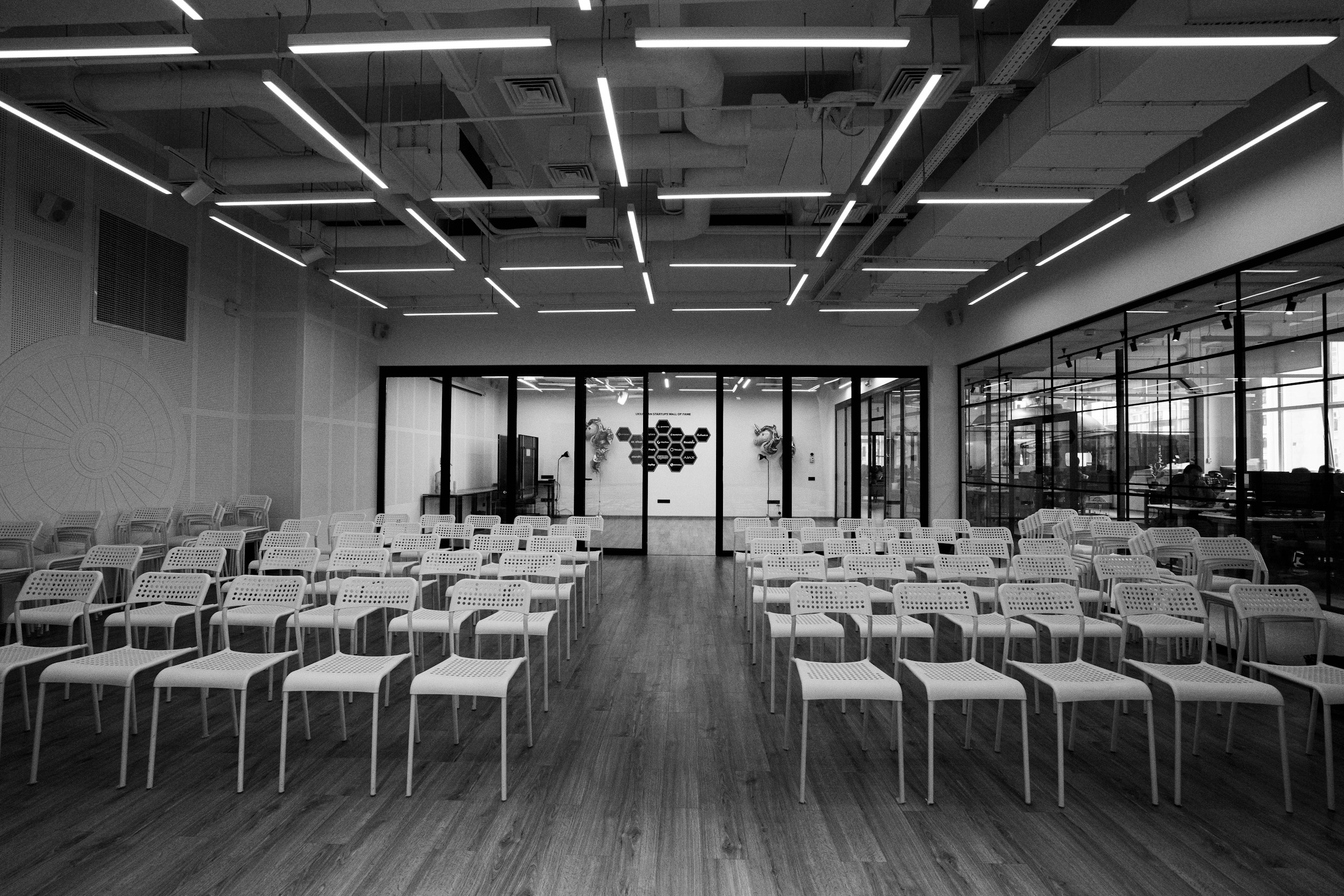
There are many subtle and not so subtle ways that people change when they are together. Human behavior is a complex combination of interactions with other people. When people enter a room that is largely empty they will tend to position themselves evenly throughout the room. This means that while they are waiting for the presentation to start they will not necessarily be close to each other. The larger the room in relation to the number of people the bigger this effect will be.
If the room is full and there is lots of conversation it creates a sense of anticipation. It makes it seem that the presentation that is about to happen is important. It makes you, as the presenter, seem to be more important and therefore your message will seem more important.
Presenters are not immune to the subtle interactions either, so as a presenter when you enter and stand in front of a room that is buzzing with people and conversation it has an effect on you too. If you step into a room that is quiet and empty that will not energize you. Then there is a self-fulfilling prophecy — if you are energized you will give a better presentation and be more persuasive.
If possible you want to talk to the host of the event and see what you can do to get a room that will be mostly filled in order to have the most energy and excitement in the room before you start. This is true for small meetings as well as large. You want to avoid a large room with few people.
So is there anything you can do to avoid a half-filled room? Here are some of the ideas I’ve used:
Arrive early — You won’t be able to make any changes if you show up right before your presentation. Be sure to show up early to check-out the room and have the possibility of moving thing around.
Send a room plan ahead — If you know the expected size of the audience you can send a room layout chart ahead of time to the meeting host.
Re-arrange the furniture — If you are speaking in an auditorium you can’t move the chairs, but if you are in a room with movable chairs, and you show up early enough, then you can re-arrange the furniture. I would guess that I re-arrange the furniture 75% of the time when I show up in a room.
Re-arrange the objects in the room to affect where people sit — Take away any handouts, pads of paper, pens, etc, in one area of the room and concentrate all the materials together.
Talk to the meeting host ahead of time — Ask your hosts ahead of time how many people they are expecting, and then ask them to find a room that is the appropriate size so that it will be mostly filled.
What are your ideas? Do you find you are affected by how filled a room is? What have you tried to do to avoid half-filled rooms?


Leave a Reply